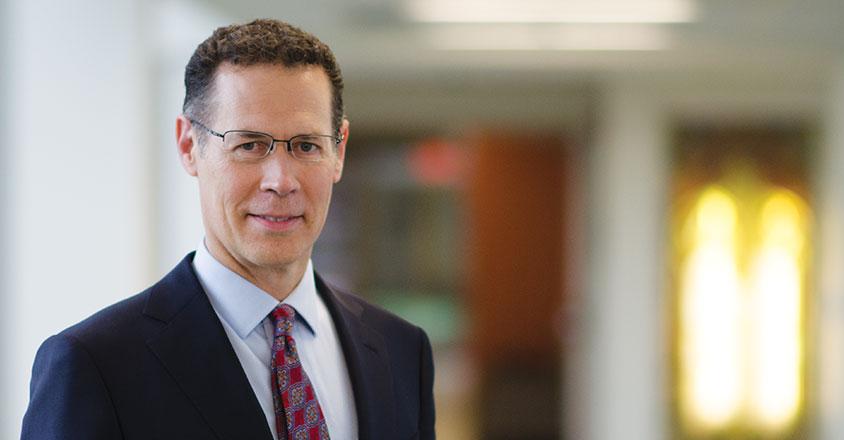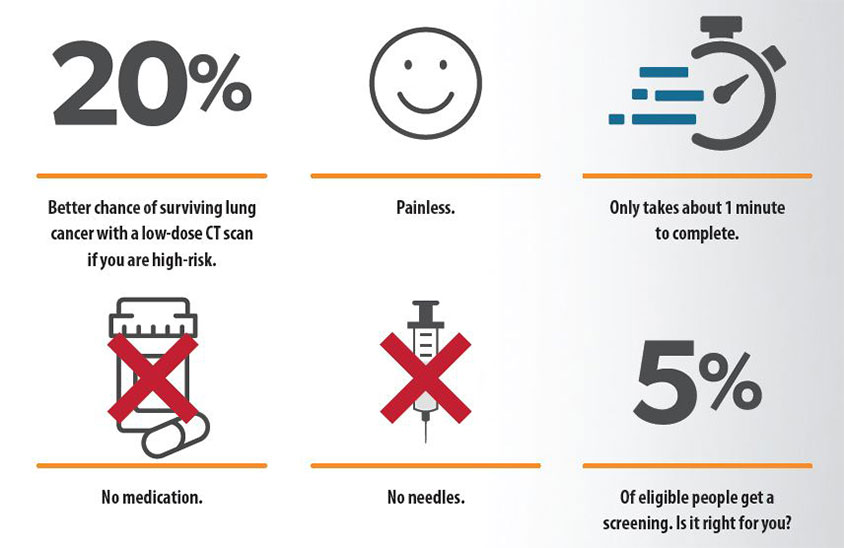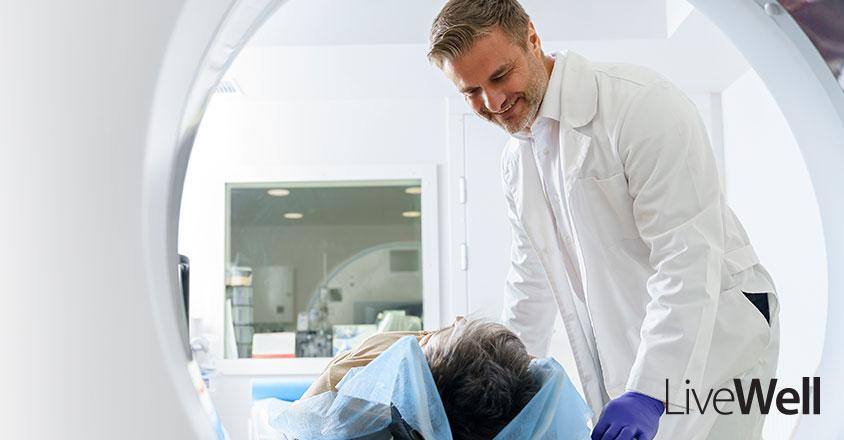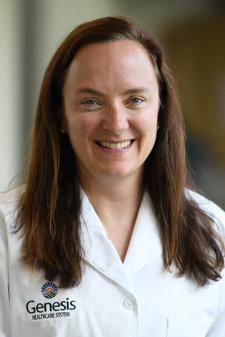Welcome Adam J. Clemens, M.D.
Urology
Adam J. Clemens, M.D., has joined the Genesis Urology Group, specializing in general urology and urologic surgery. Dr. Clemens brings 10 years of practice experience to the Genesis Urology Group.
He performs many urologic procedures, including da Vinci robotic oncologic/reconstructive surgery, complex endoscopic renal stone surgery and minimally invasive benign prostatic hyperplasia (BPH) treatment.
In his free time, Dr. Clemens enjoys wakesurfing, boating, golfing and hunting. He also enjoys listening to podcasts.
Dr. Clemens is located at the Genesis Urology Group office, Medical Arts Building 2, 751 Forest Ave., Suite 301, Zanesville. His phone number is 740-455-4923.
Dr. Clemens is accepting new patients.
Doctor of Medicine:
University of Toledo College of Medicine
Toledo, Ohio
Urology Residency:
Mayo Clinic
Jacksonville, Florida
General Surgery Internship:
Mayo Clinic
Jacksonville, Florida
Board-certified:
Urology
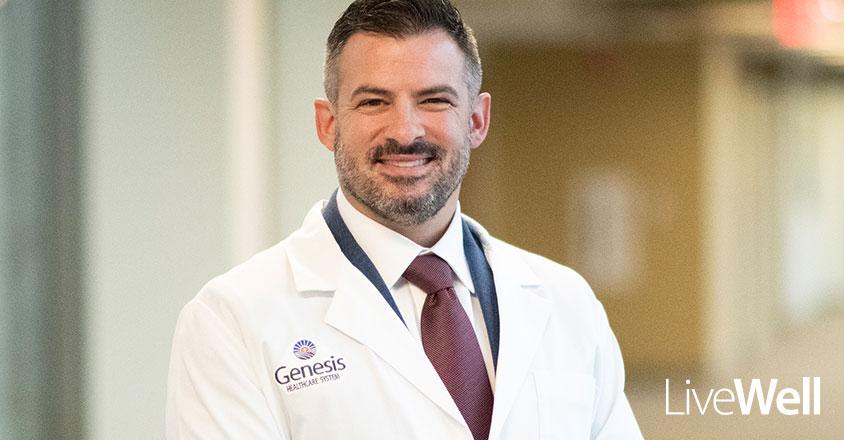
Adam J. Clemens, M.D., has joined the Genesis Urology Group, specializing in general urology and urologic surgery. Dr. Clemens brings 10 years of practice experience to the Genesis Urology Group.


